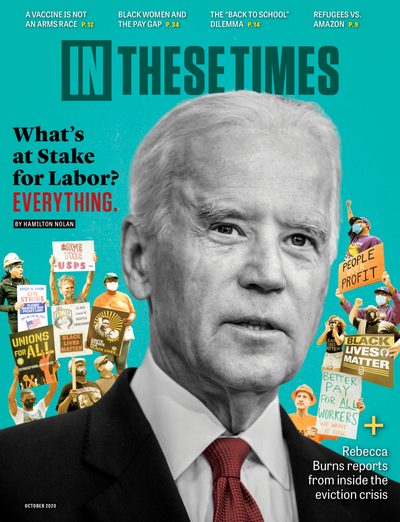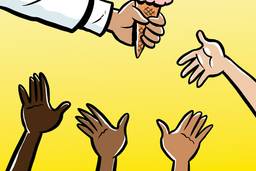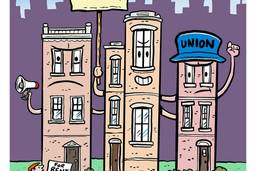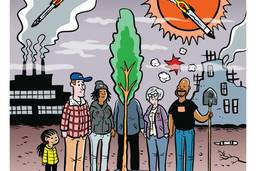The Case Against Industrial Animal Agriculture in 10 Statistics
The pandemic has slowed the growth of meat consumption around the world. Scientists argue we need to keep that trend going.
Dayton Martindale
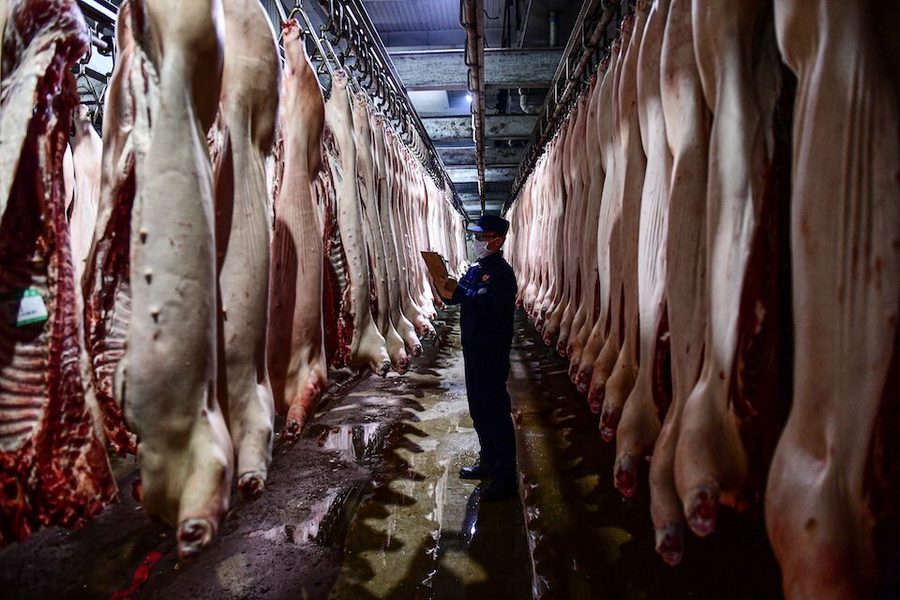
No industry, perhaps excluding fossil fuels, has done more damage to the Earth and its inhabitants than animal agriculture. It is the largest single devourer of land; a polluter of air, water, and soil; and — from swine flu to avian flu — a regular source of new illnesses. It heaps abuses upon its workers (including high rates of injury), and deals brutal deaths and even more brutal lives to billions of nonhuman animals each year.
For decades, the industry has expanded with rising global incomes, satisfying increased demand through the spread of a destructive, exploitative factory farming model. But Covid-19 has thrown a wrench in this growth: The combination of outbreaks in meatpacking plants, reduced restaurant visits and more price-conscious grocery shoppers means that meat consumption is expected to drop this year. While President Donald Trump has intervened to keep plants open, this hasn’t stopped the decline, which is expected to affect the industry for years to come. Many climate scientists and activists argue the industry must shrink far further to keep emissions under control.
The numbers that follow sketch the vast scale of this industry and the problems it presents– asking whether now may be progressives’ best time to strike.
- 77,047,001,000 mammals and birds were slaughtered for meat worldwide in 2018
- 15% of global greenhouse gas emissions come from animal agriculture
- 3 times more meat is eaten by the average American than by the average person worldwide
- 138% of global habitable land would be needed if the whole world ate the American diet
- 2,267 wild species are directly threatened by farmed animals; more species are indirectly threatened by the crops grown to feed the animals
- 18% of global calories (and only 37% of global protein intake) comes from animal meat, but animal agriculture uses 77% of farmland
- 80% of deforestation in the Amazon is driven by cattle ranching
- 50 bathtubs’ worth of water is required to produce a single pound of beef
- 41,546 U.S. meatpacking workers have tested positive for Covid-19, as of August 21
- 3% less meat has been eaten worldwide in 2020, the biggest year-over-year drop in decades
Dayton Martindale is a freelance writer and former associate editor at In These Times. His work has also appeared in Boston Review, Earth Island Journal, Harbinger and The Next System Project. Follow him on Twitter: @DaytonRMartind.
